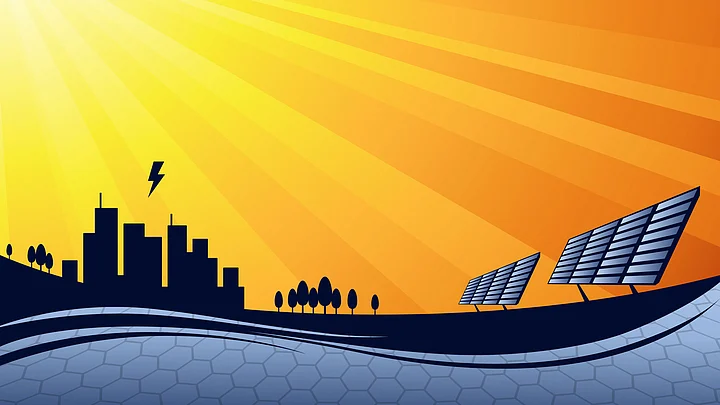On 19 March, The World Wide Fund for Nature (WWF) is organising Earth Hour between 8.30 pm and 9.30 pm local time across the world. The event encourages people and businesses to turn off their lights for one hour as a symbol for their commitment to the planet.
In the week leading up to Earth Hour, we will bring you some articles from The Quint’s archive to highlight environmental concerns. The theme for Earth Hour this year is ‘Go Solar’. Therefore we thought of telling you why solar power has become the new buzzword these days.
Everywhere you turn, it’s touted as an important solution to India’s energy crisis with domestic solar seen as being at the forefront of the renewable energy revolution.
The question still needs to be asked – how exactly would you go about installing a rooftop solar system? What are the things you need to be thinking about? The Quint looks at some important details you need to consider.
First Steps
- Check out India’s solar radiation atlas here. That gives you a pretty decent idea how much sunlight your area is expected to receive and is important to assess the solar potential where you live.
- Check out your electricity bill and usage – rooftop solar installations vary dramatically in size and cost and knowing exactly how much energy you’ll require from the system is an important first step. A 1kWh solar system produces roughly 1400-1600 kWh of electricity yearly.
- Then, use this solar calculator to check what the solar system is likely to cost and the savings from using solar power instead of regular electricity. That’ll help you figure out your potential savings and whether solar makes financial sense for you.
- Next, check the available space for installing the rooftop system. Generally, around panels can be installed on around 70% of the total rooftop area.
- Do check if there are any limitations on the orientation of the solar panels. For example, are there any trees or buildings blocking the light? The panel orientation in India should generally be southwards (or eastwards if that’s not possible) in order to ensure maximum sunlight exposure. However, the exact orientation depends on your location and it’s a good idea to get the available space professionally assessed before committing to a solar system.
- Depending on seasonal and daily fluctuations in sunshine, you’ll need to decide on whether to get fixed solar systems or “tracking” systems which move independently to maximise their exposure to the sun’s rays. If you get fixed systems, do keep in mind that you might need to manually adjust the tilt of the panels to ensure that they receive maximum sunshine.
- Finally, consider the power situation in your area and whether you’re planning to connect your solar system to the electricity grid. There are pros and cons to both grid-connected and off-grid systems and it’s important to know all your options.
Show Me the Money
As you’ve already seen, solar energy tends to pay for itself fairly soon since the average life of solar panels is around 25 years. However, the upfront costs are not negligible – a 1kWh system costs around INR 1 lakh.
Due to the government’s push for solar, however there are schemes that make solar a little easier to afford. In this section we look at the financial aspects of installing the solar system.
- First, soft loans and subsidies are available for installing domestic solar systems.
- A 15% government subsidy is available for domestic solar panels
- Individuals are eligible for soft loans of upto INR 10 lakhs for solar systems
- Depending on your state, you might be eligible for special state-based schemes.
- Also, if you get a grid connected system, based on your state’s policies, “net metering” may be available. Basically, if your solar system produces more solar power than you use, you could actually earn money from the excess power you produce and feed into the grid.
As you can see, there’s no one size fits all policy for domestic solar. Ask your bank, ask local solar installation companies and check the government’s solar website before you make a decision. Different factors like reputation of the panel manufacturer and product warranties can also influence the price.
Solar power may not be a choice for every individual family but given the vast range of options, it’s likely to fit many people’s needs.
Do remember that going solar is a win-win policy – it saves you money and saves the environment at the same time!
(Shalini Iyengar is a lawyer and researcher working in India.)
For more on Earth Hour, read here.
(At The Quint, we question everything. Play an active role in shaping our journalism by becoming a member today.)
